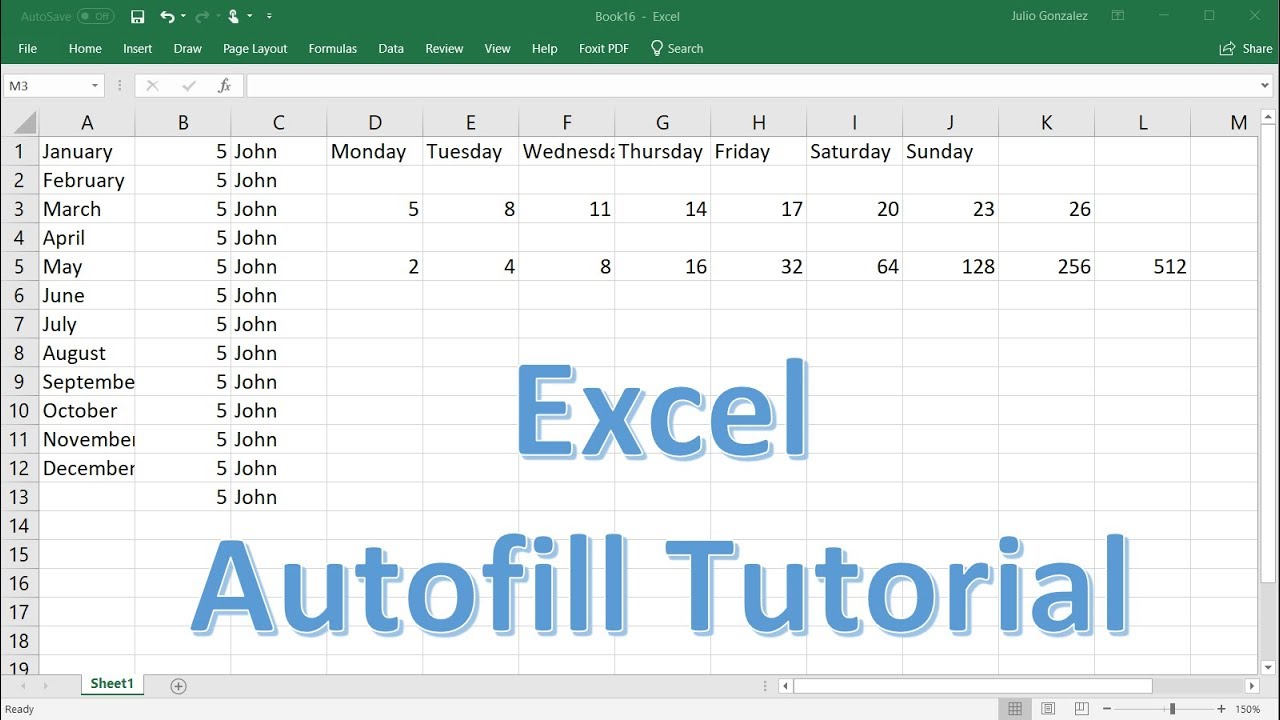5 Ways to Stop Financial Paperwork Overload

Effective Strategies to Streamline Financial Paperwork

In today's digital age, managing financial paperwork efficiently can be challenging yet crucial for financial health and personal organization. Whether you're dealing with receipts, bills, bank statements, or investment documents, the task of managing and organizing these papers can quickly become overwhelming. Here are five strategies to help you stop the financial paperwork overload:
1. Digitize Your Documents

Scan Everything: The first step to minimize paper clutter is to digitize all your documents. Use a high-quality scanner or mobile scanning apps to convert physical documents into digital copies:
- Bank statements
- Utility bills
- Investment documents
- Tax records
Once scanned, organize these documents into folders on your computer or cloud storage. Here are some tips:
- Create logical folders like "Bills," "Receipts," "Tax Documents," etc.
- Use a consistent naming convention for easy retrieval.
- Regularly backup your digital files to prevent data loss.
📌 Note: Keep the originals of important documents like wills or deeds in a secure, physical location, even after scanning.
2. Go Paperless

Many financial institutions offer paperless billing options. Here's how you can reduce paper:
- Opt-in to e-statements for bank accounts and credit cards.
- Set up automatic bill payments online.
- Enroll in e-receipt programs where available.
By minimizing incoming physical documents:
- Reduce the risk of losing important financial mail.
- Streamline the process of paying bills and tracking expenditures.
3. Implement a 'One Touch' Rule

The 'one touch' rule means dealing with each piece of paper only once. When you receive a document:
- Immediately decide if it needs action, filing, or shredding.
- Pay the bill, schedule the payment, or sign the document on the spot.
- If it needs to be retained, scan and file it digitally.
This method:
- Reduces the accumulation of paper on your desk.
- Minimizes the time spent sorting through old documents.
4. Set Up a Filing System

Despite your efforts to go digital, some physical documents still need to be kept. Here’s how to organize them:
- Use labeled, color-coded files for different categories (e.g., "Insurance," "Warranties," "Health Records").
- Keep a retention schedule to know when documents can be safely shredded.
- Regularly purge your physical files to keep only what is necessary.
| Document Type | Retention Period |
|---|---|
| Bank Statements | 3 years |
| Tax Returns | 7 years |
| Pay Stubs | 1 year (until W-2 is received) |
| Insurance Policies | Life of policy + 3 years |

5. Use Financial Management Software

Financial software like Quicken, YNAB, or Mint can help:
- Track income, expenses, investments, and savings in one place.
- Automate categorization of transactions.
- Generate reports for budgeting, tax preparation, and financial planning.
These tools often allow:
- Direct import of bank transactions, reducing manual entry.
- Integration with scanning apps for document import.
- Secure storage for sensitive financial documents.
By implementing these strategies, not only will you reduce the physical clutter, but you'll also gain better control over your financial life, making it easier to spot trends, prepare for tax season, or plan for future financial goals.
What should I do if I can’t go paperless?

+
If going paperless isn’t an option, set up a system where you immediately scan incoming documents into your digital filing system and then file or shred the paper based on its necessity and retention policy.
How do I keep track of tax-related documents digitally?

+
Use specific folders for each tax year within your cloud storage or financial software. Include categories like ‘Income,’ ‘Deductions,’ ‘Charitable Contributions,’ and ‘Medical Expenses’ for easy organization.
Is it safe to store all financial documents digitally?

+
Yes, as long as you use secure, encrypted cloud storage or external drives, ensure regular backups, and protect your systems with strong passwords and security software. Additionally, originals of certain documents should still be kept in a secure location.
What’s the best way to categorize documents for easy retrieval?

+
Create categories based on the document’s purpose or the type of transaction (e.g., ‘Bills,’ ‘Receipts,’ ‘Contracts’). Use tags or keywords within your filing system to further refine searches if necessary.



